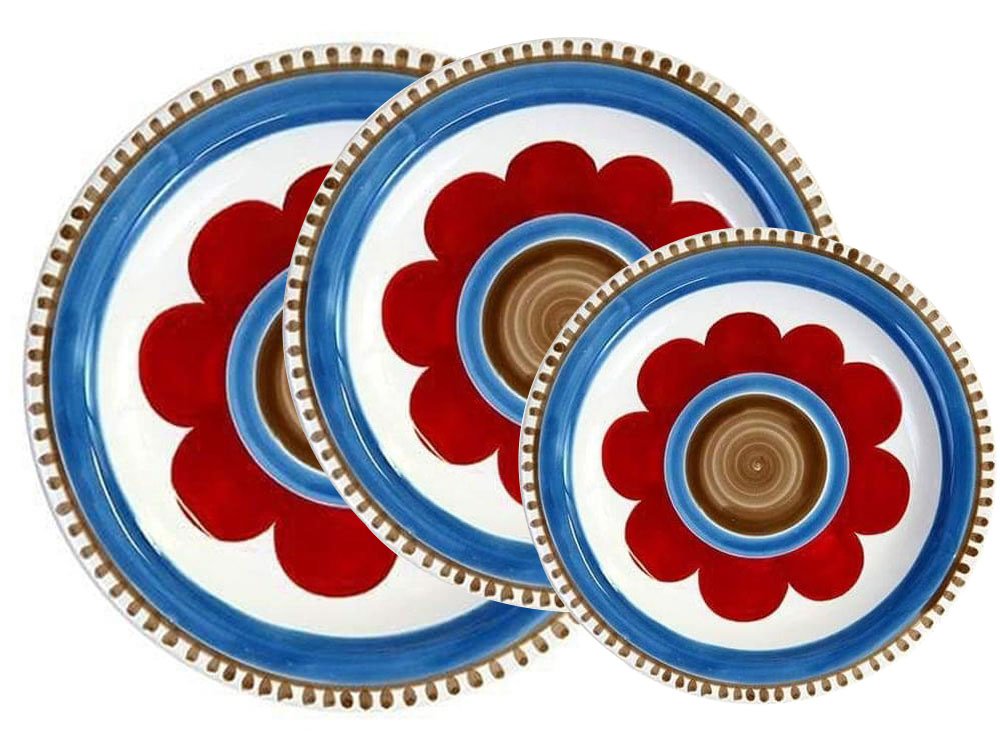
Italy as a unified country has existed only since 1861 but its roots stretch back thousands of years to ancient civilizations like the Etruscans and the Romans.
The Roman Empire alone ruled much of Europe for over 500 years and its legal, political and architectural influence is still felt worldwide today.
With over 50 cultural and natural sites listed by UNESCO Italy holds the global record for the most World Heritage sites recognized in a single country.
These include ancient ruins such as Pompeii and Herculaneum along with entire historic centres like Florence Venice and Rome preserved for posterity.
Standard Italian evolved from the Tuscan dialect of Dante Alighieri whose Divine Comedy helped shape modern Italian as a poetic and expressive language.
Its vowels and rhythm make it one of the most melodic languages in the world and the preferred language of opera across the globe.
Pasta likely arrived in Italy from Arab traders during the Middle Ages but Italians developed the enormous variety of shapes sauces and cooking styles.
There are more than 300 known types of pasta and each region of Italy has its own traditions ingredients and serving customs surrounding it.
Italy gave birth to espresso which is considered a sacred part of daily life and a symbol of national pride enjoyed in tiny cups at the bar counter.
Ordering a cappuccino after 11am is frowned upon by locals who believe milk upsets digestion after a meal revealing a deep respect for culinary balance.
Italy is home to three major active volcanoes Etna Stromboli and Vesuvius the latter of which famously destroyed Pompeii in 79 AD and is still dangerous.
Mount Etna in the province of Catania is the most active in Europe and continues to erupt frequently shaping local life and landscapes dramatically.
Italy is a leading power in global fashion with Milan hosting one of the most prestigious fashion weeks and brands like Gucci and Prada known worldwide.
From Florence’s leather artisans to Naples’ tailors Italian craftsmanship remains at the heart of luxury and personal style across many industries.
Italy’s calendar is filled with thousands of festivals celebrating everything from saints to seasonal harvests and ancient local traditions.
Events like Venice Carnival the Palio di Siena and Ferragosto provide insight into Italy’s passionate communal life and strong regional identities.
No other country has as many artistic masterpieces in such a compact area from the Sistine Chapel to Michelangelo’s David and Botticelli’s Birth of Venus.
Even small provincial towns often house priceless art treasures due to Italy’s historic patronage system and love for creative excellence.
Italy’s northern mountain ranges are known for skiing but also offer stunning summer experiences such as hiking glacial lakes and alpine vineyards.
The Dolomites in South Tyrol combine dramatic peaks with charming towns where German and Italian cultures coexist in a uniquely blended lifestyle.
Modern banking traces its origins to 14th-century Florence where the Medici family pioneered systems of credit lending and double-entry bookkeeping.
This innovation helped finance the Renaissance and turned Florence into one of the wealthiest and most influential cities of the medieval world.
Each province in Italy boasts its own unique dishes based on local ingredients like truffles seafood game or cheeses crafted with centuries-old methods.
There is no single Italian cuisine but rather a mosaic of regional tastes and recipes passed down with pride through generations.
Located in Rome the Vatican is the world’s smallest independent nation and home to the Pope the head of the Roman Catholic Church.
It has its own postal system army and currency and its art collection including the Vatican Museums is among the most visited on the planet.
From the Slow Food movement born in Piedmont to the laid-back pace of life in coastal villages Italy promotes savoring every moment and experience.
Long meals family time and appreciation for beauty are integral to Italian life and contribute to the country’s renowned quality of living.
With over 7500 km of coast Italy offers diverse seascapes from the rocky cliffs of Liguria to the sandy beaches of Puglia and the volcanic shores of Sicily.
Each coastal region has its own cuisine maritime culture and sea-related festivals making Italy a true paradise for ocean lovers.
Regional identity is very strong in Italy with people often feeling more loyalty to their province than to the national government in Rome.
This results in a rich patchwork of traditions dialects recipes and even local laws that vary dramatically across the country.
Many ancient hilltop villages have seen population declines due to urban migration leaving behind ghost towns or places with just a few dozen residents.
Civita di Bagnoregio is one such town accessible only by footbridge and famous for its scenic beauty and fragile clay cliff foundation.
The Aqua Virgo aqueduct still supplies water to the Trevi Fountain and was built in 19 BC making it more than 2000 years old and still functioning.
This is a testament to Roman engineering and the Italians’ long history of combining beauty and practicality in public works.
Italy frequently competes with France and Spain for the title of top wine and olive oil producer exporting high-quality products worldwide.
Each province has its own native grape varieties and olive types and many Italian families still produce their own oil and wine annually.
From ancient empires and artistic genius to food traditions and natural beauty Italy captivates with its depth of history and variety of experiences.
Whether you love art fashion food or history Italy offers an endless source of fascination and discovery with something to surprise every visitor.

More Details